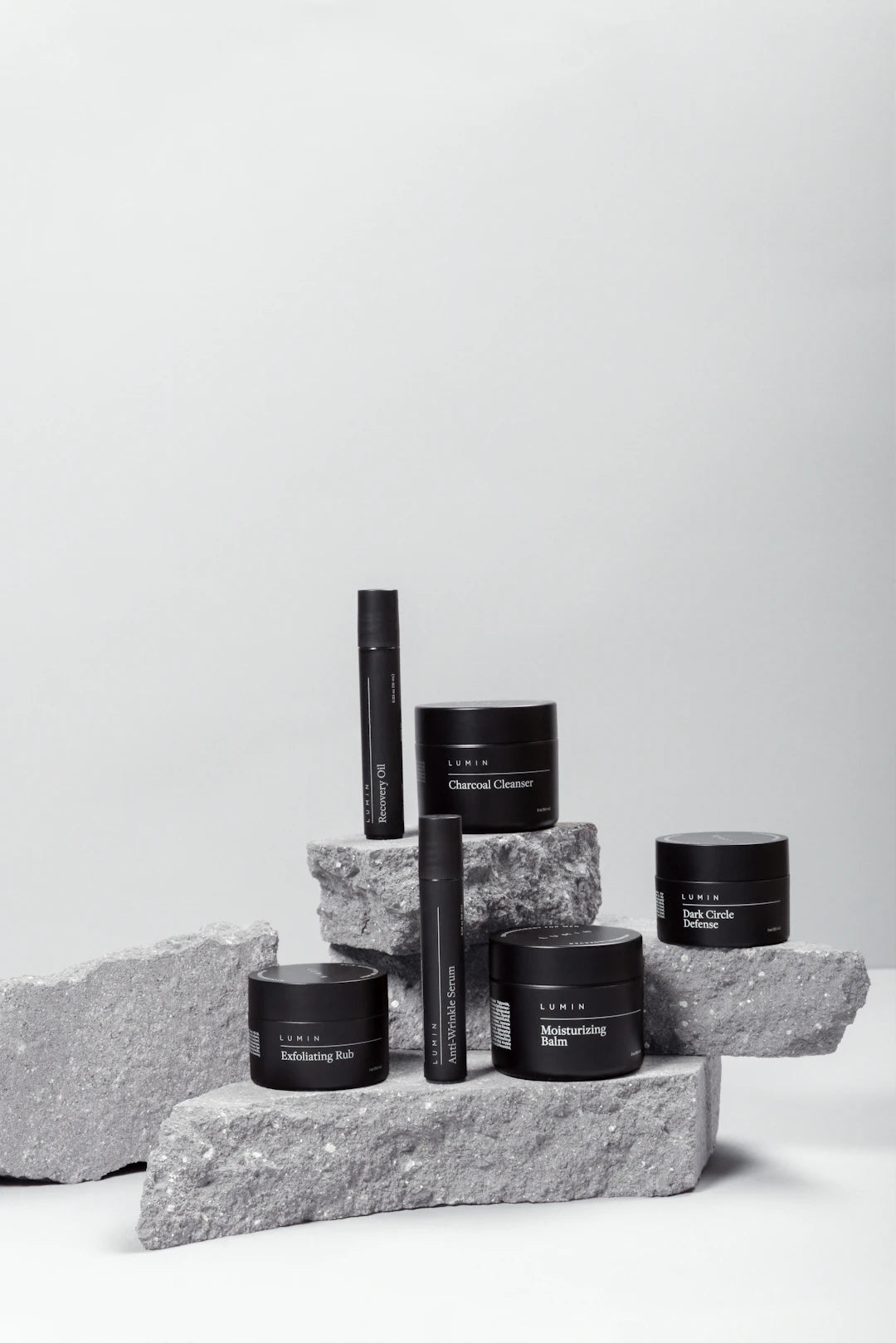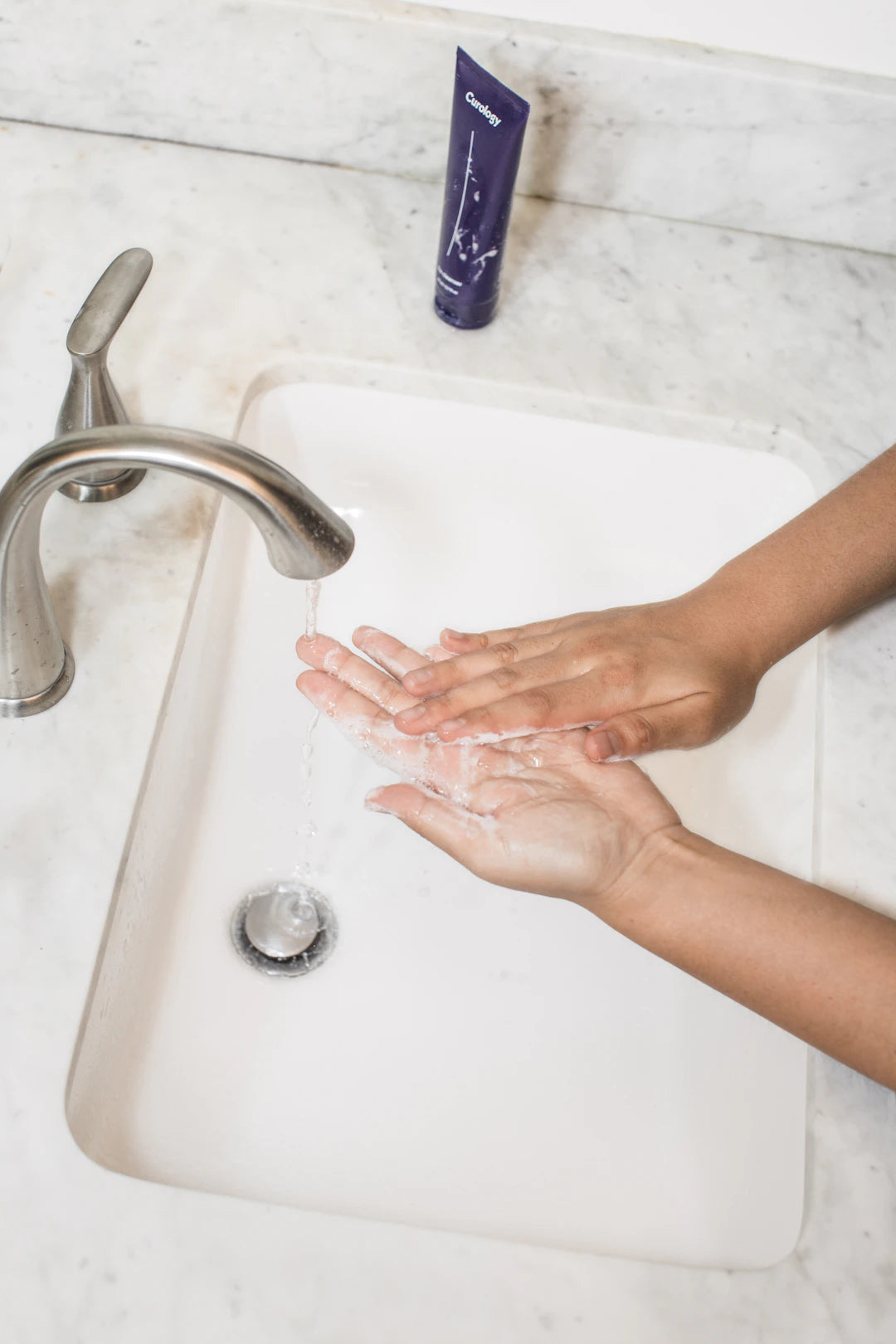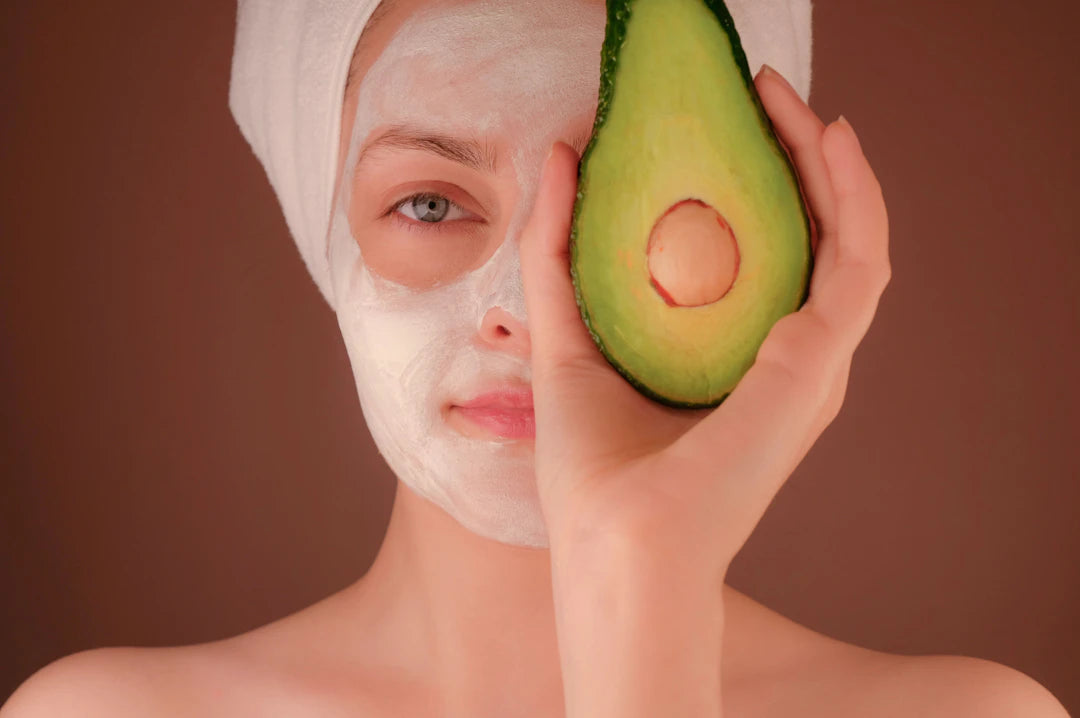The Ultimate Guide to Exfoliation: Frequency & Best Practices

Frequently Asked Questions
1. What is exfoliation?
2. How often should I exfoliate?
3. What are the types of exfoliation?
4. What are some best practices for exfoliation?
5. What should I do after exfoliating?
Exfoliation is a crucial step in any skincare routine, widely regarded for its ability to enhance skin texture and promote a radiant complexion. As you embark on your journey towards healthier skin, understanding how often to exfoliate and the best practices involved can propel your skincare game to new heights. In this comprehensive guide, we’ll delve into the intricacies of exfoliation, discuss the frequency based on skin type, and share effective techniques that will help you unlock the incredible benefits of this essential skincare practice.
What is Exfoliation?
Exfoliation is the process of removing dead skin cells from the surface of your skin. This process not only helps to improve the appearance of your skin but also allows for better absorption of skin repair products. By regularly exfoliating, you can uncover rejuvenated skin beneath the surface, resulting in a brighter and smoother complexion.
The Importance of Exfoliation
Exfoliation plays a pivotal role in your overall skin health. Here are some key reasons why incorporating this step into your routine is vital:
- Improves Skin Texture: Exfoliation helps to slough off dead skin cells, making way for new cell growth. This leads to a smoother skin surface.
- Unclogs Pores: By ridding the skin of impurities and excess oils, exfoliation minimizes the likelihood of clogged pores, effectively reducing breakouts.
- Enhances Product Performance: With dead skin cells removed, your skin can better absorb serums and other skin repair products, maximizing their efficacy.
- Boosts Circulation: The act of exfoliating can stimulate blood flow, which may contribute to a healthier and more radiant complexion.
- Fights Signs of Aging: Regular exfoliation aids in reducing fine lines and wrinkles, making it a great addition to any antiaging skincare routine.
Types of Exfoliation
There are two primary methods of exfoliation: physical and chemical. Understanding the difference between these methods can help you choose the best approach for your skin type.
Physical Exfoliation
This method involves using exfoliating tools or products to manually remove dead skin cells. Examples include scrubs, brushes, and sponges. When using physical exfoliants, it's important to be gentle; aggressive scrubbing can irritate the skin and cause micro-tears.
Chemical Exfoliation
Chemical exfoliants contain active ingredients that dissolve the bonds holding dead skin cells together. Common ingredients include alpha-hydroxy acids (AHAs) and beta-hydroxy acids (BHAs). Chemical exfoliation can provide a deeper level of exfoliation compared to physical methods and is often better suited for sensitive skin types.
Exfoliation Frequency: How Often Should You Do It?
The frequency of exfoliation varies depending on your skin type and the method of exfoliation you choose. Here's a breakdown of recommendations:
Oily or Acne-Prone Skin
If you have oily or acne-prone skin, consider exfoliating 2-3 times a week. This frequency helps to keep excess oil and dead skin cells at bay, preventing clogged pores and breakouts. Opt for chemical exfoliants containing BHAs, which penetrate deeper into the pores.
Dry or Sensitive Skin
For those with dry or sensitive skin, limit exfoliation to once a week. Over-exfoliating can lead to irritation and exacerbate dryness. Choose gentle physical exfoliants or mild chemical exfoliants with AHAs like lactic acid, which are effective yet less harsh on the skin.
Normal or Combination Skin
If you have normal or combination skin, you may find that exfoliating once or twice a week works best. Pay attention to how your skin responds and adjust accordingly. A mix of physical and chemical exfoliants can provide balanced care for this skin type.
When to Avoid Exfoliating
There are certain circumstances when exfoliating should be avoided:
- When your skin is sunburned or irritated
- If you’ve recently undergone skin treatments or procedures
- When experiencing active breakouts – in this case, consult a dermatologist
Best Practices for Exfoliation
Now that you understand the frequency of exfoliation, let’s explore some best practices that will help you maximize its benefits:
Choose the Right Product
Select an exfoliant that suits your skin type. While physical exfoliants can be effective, choosing a product with natural exfoliants can minimize the risk of irritation. For chemical exfoliants, look for formulas tailored to your specific skin concerns.
Patch Test New Products
Before diving into a new exfoliating product, perform a patch test. Apply a small amount of the product to an inconspicuous area to check for any adverse reactions. This simple step can prevent potential irritation.
Moisten the Skin
When using physical exfoliants, always apply them on moist skin. This technique allows for a gentler application and reduces the risk of damage to your skin.
Use Gentle Techniques
Whether you're using a scrub or a chemical exfoliant, always be gentle. Avoid aggressive scrubbing motions—especially with physical exfoliants. Instead, opt for soft circular motions and allow the product to do its work.
Follow Up with Hydration
After exfoliating, it’s crucial to hydrate your skin. Apply a nourishing moisturizer to lock in moisture and protect your skin barrier. This step is essential, as it helps prepare your skin to best absorb skin repair products that promote healing and rejuvenation.
Post-Exfoliation Care
Your skin may be more sensitive to the sun following exfoliation, so it’s important to apply a broad-spectrum sunscreen when stepping outside. UV protection is vital to prevent any damage to new, sensitive skin and to maintain your antiaging efforts.
Additional Skincare Tips
To further enhance your skincare regimen and ensure optimal results from your exfoliation process, consider these additional tips:
- Stay consistent: Consistency is key for any skincare routine. Regularly incorporating exfoliation can help maintain clear and radiant skin.
- Prioritize hydration: Hydrated skin is happy skin. Make sure to stay well-hydrated from within by drinking plenty of water, which will also aid in your skin’s overall health.
- Incorporate antioxidants: Using antioxidant-rich serums will help combat free radicals and enhance your skin’s resilience against aging.
Alternative Exfoliation Methods
If you're looking for alternatives to traditional exfoliation techniques, consider these innovative methods:
Mechanical Exfoliation Tools
Tools such as facial brushes, sponges, and microdermabrasion devices can provide effective mechanical exfoliation. Always follow the manufacturer’s instructions and avoid using them too frequently to protect your skin from over-exfoliation.
Exfoliating Masks
These masks often contain a blend of exfoliating ingredients that work to slough away dead cells while delivering other beneficial properties. Incorporate these into your routine for an added boost without daily commitment.
Professional Treatments
For those looking to take their skincare to the next level, professional treatments such as chemical peels or microdermabrasion performed by licensed estheticians can offer deeper exfoliation results and are ideal for targeting specific skin concerns.
Embrace Your Skin’s Journey
In the pursuit of radiant skin, exfoliation stands as a powerful ally. By understanding the right frequency for your skin type, embracing best practices, and complementing your routine with skin repair products, you’re well on your way to uncovering the beautiful, healthy skin you deserve. Remember, patience is key—results take time. So, as you embark on this exfoliation journey, be kind to your skin and trust the process!


